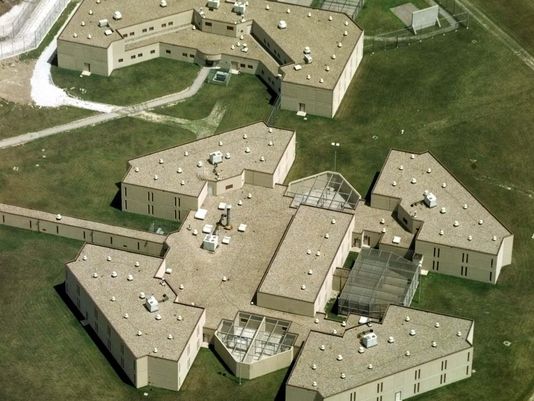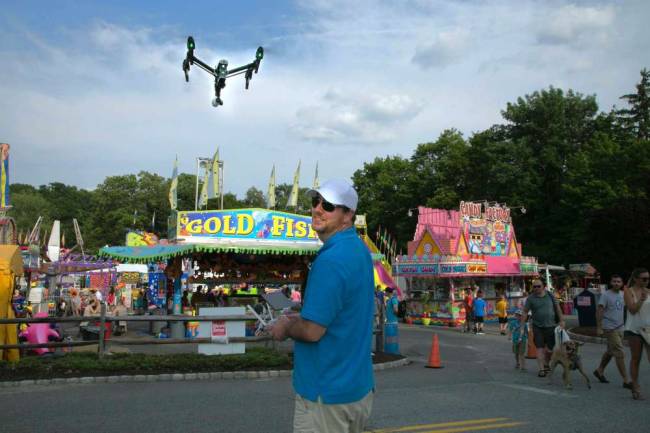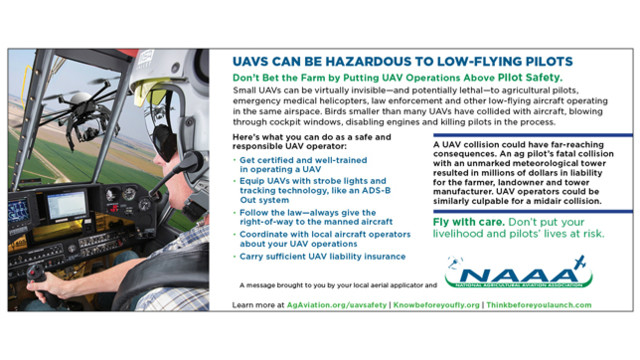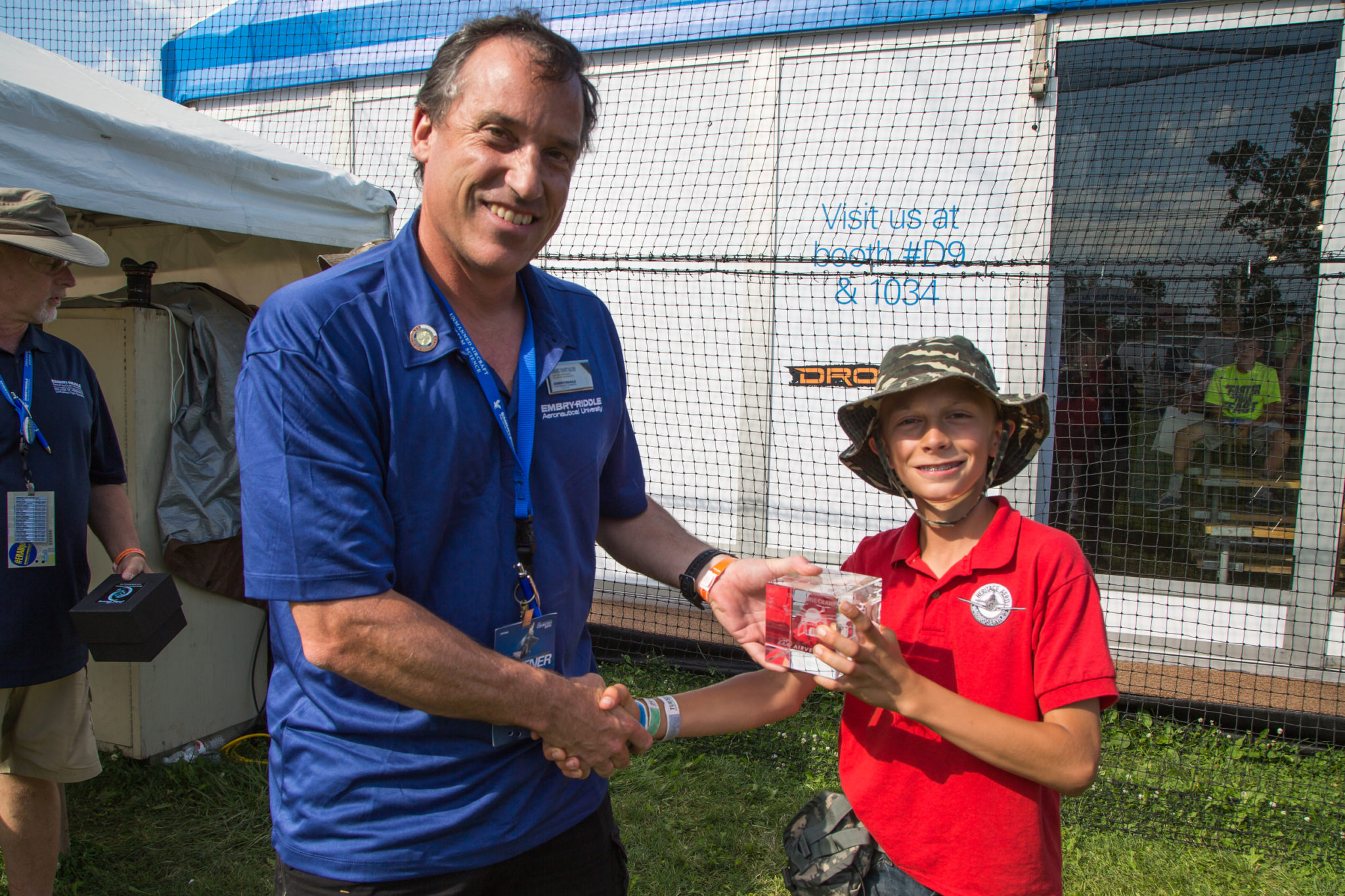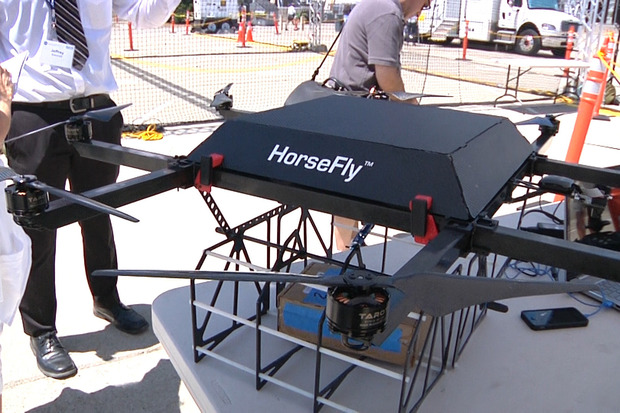
The CAD Drones community is for hobby, educational, and commercial use. Companies, institutions, and Designers of all types can share FREE 3D printable versions of drone projects, files, software, etc and even sell paid versions of them on our Buy, Sell, & Trade page. Subscribers can add an unlimited number of files or products to the community BS & T page, Free CAD Files page, and Free Software page. Non Members and Members can view every page on CADDrones.com but only subscribers can contribute to every feature. If you are already a member ofCADDrones.com we are no longer using our Ning powered community that previously used CADDrones.com as its home. If you would like to help migrate some of your content from our old community to the new one you can visit CADDrones.ning.com until it officially goes offline around August 14th. Our new and improved community will be taking over the CADDrones.com URL. We will be sending subscribers special offers often like 10%-20% our parachute products or 3D Printers we plan on distributing soon.
Features/page contribution access for non-subscribing members: [Blogs] and [Discussion Forum]
Features/page contribution access for paid subscribing members: [Blogs], [Discussion Forum], [Groups], [Photos], [Videos], [Chat Rooms], [Wiki Hub], [Link Directory], [View/Share Events], [Upload and Download FREE CAD files and Software], [Buy, Sell, & Trade]
Subscribers:
1 – 100 pay $9.99 USD/month or $99.90 USD/year (Fixed Rate*)
101 – 250 pay $12.49 USD/month or $124.90 USD/year (Fixed Rate*)
251 – 500 pay $14.99 USD/month or $149.90 USD/year (Fixed Rate*)
501 – 750 pay $17.49 USD/month or $174.90 USD/year (Fixed Rate*)
751 – 1000 pay $19.99 USD/month or $199.90 USD/year (Fixed Rate*)
*The rate you pay when you start becoming a subscriber is the fixed rate/price you will have to pay as long as you are a subscriber with us. For example if the price of our subscription reaches $49.99/month in the near future and you were one of the first 100 subscribers you will never be asked to pay more than $9.99/month or $99.90/year. When we roll out new features or software all current subscribers at that time will get automatic access to them with no extra charge! We are doing this because we feel that the first 1000 subscribing members will be essential to make this community into a powerful resource. Our motto is the sooner you become a subscriber the cheaper it will be. Some of the new features and software we willing be releasing often over the next 2 years will raise the price of our websites subscription rate in the process.
What does your subscription cost’s go to?
We have good news! The majority of your subscription fees go back into the maintenance, up keeping, and development of the CAD Drones Community. Your subscriptions will also help get us to our goal of hiring 35 New In-House employees and US/International contractors by the end of 2015! These contractors and employees will be dedicating their efforts and time into the CADDrones.com community. Not only will our members and subscribers be adding educational videos, guides, etc but our volunteers and employees main job will be to as well.
We’re looking at hiring paid employees and contractors to fill these positions by the end of 2015:
Wiki Admin – Community Admin – Chat Rooms Moderator – Buy, Sell, & Trade Admin – Events Admin – 10 Expert CAD,3D Printing, Drone Specialists – 5 Wiki Hub Developers – 5 Community Moderators – 3 Web Developers – 7 Software Programmers
If you’re interested in landing one of these 35 paid positions the best thing to do is ask us to work that position as a volunteer. Once we start hiring employees and contractors, only people who have volunteered in that position will be considered for the paid position. If we have a subscriber who has volunteered for a position and does amazing we won’t hesitate to offer that person the paid position as soon as we can!
Our goal is to make CAD, 3D Printing, and Drones come together and build an amazing community and tool that is useful for people of all skill levels at the same time. We’re currently in the process of applying for an Open Source License with the “Open Source Initiative” at OpenSource.org! We need help from anyone who has been through this process or is willing to volunteer efforts into helping us draft a perfect Open Source License for our community.
If you have any questions, suggestions, or anything else reach out to us by visiting our “Contact Us” page on CADDrones.com and filling out our form.
